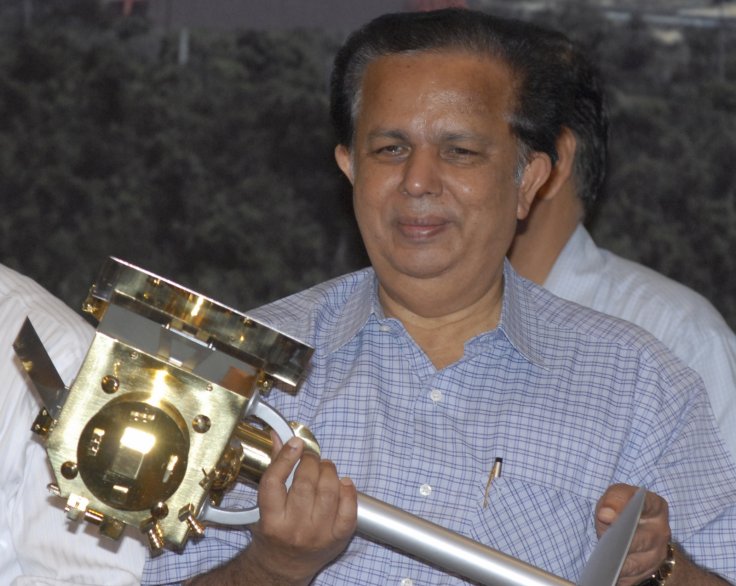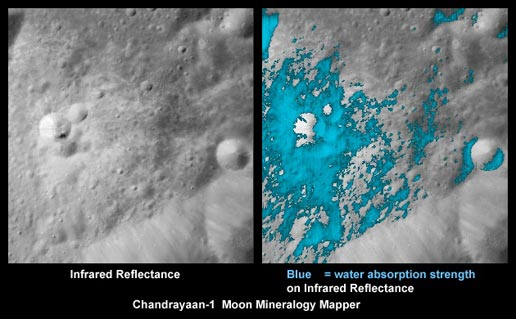
Chandrayaan-2, India's second mission to the Moon will be launched in the first quarter of 2018, a decade after the launch of its predecessor Chandrayaan-1. The mission will carry an orbiter, a lander and a rover to study the surface of the Moon.
Indian Space Research Organization (ISRO) has been developing this indigenous lunar probe after its successful expeditions to Moon and Mars. ISRO's GSLV F10 will carry the mission to the Moon.
The lander will detach from the Spacecraft once it reaches its 100 km lunar orbit. The lunar orbiter will then undertake remote sensing studies from the lunar orbit. The rover will be released from the lander after its landing on the lunar surface.
The six-wheeled Chandrayaan Rover will work in a semi-autonomous mode while receiving commands from ground stations. The rover's instruments is expected to study the lunar surface and send data back to scientists for analysis.
The mission is currently undergoing its testing phase at an ISRO facility in Challakere in Karnataka. The rover had earlier undergone testing in the facility in a simulated lunar environment which resembles the mountains and craters of the Moon.
ISRO has confirmed that the mission will make in-depth discoveries of the moon's topography as a continuation of the Chandrayaan-1 mission. The scientific payloads of the Chandrayaan-2 will collect information on lunar topography, mineralogy, elemental abundance, lunar exosphere and signatures of hydroxyl and water-ice.

Chandrayaan-1 has been credited as the first lunar vehicle to detect water on the Moon on November 14, 2008. NASA's Moon Mineralogy Mapper (M3) on the ISRO's Chandrayaan-1 orbiter had detected the presence of water and hydroxyl-rich materials near a small crater on the side of the moon which faces away from Earth. Scientists believe that water has been ejected from the nearby crater.
M3 spectrometer analyzed the infrared light reflected from the Moon's surface to reveal its surface composition. The M3 research team had identified water molecules and hydroxyl at diverse areas of the sunlit regions of the lunar surface, even though, its concentrate appeared to be more at the higher latitudes.
Chandrayaan-1 had lost its contact with its ground station on August 29, 2009, due to technical problems. NASA has later found that the orbiter is still orbiting the Moon.
Meanwhile, other countries too have planned major missions to Moon this year. China plans to send humans to the far end of the moon which is invisible from Earth. The new Space Policy signed by the US President Donald Trump on December 12, 2017, aims for human expansion to Moon, Mars and beyond.








